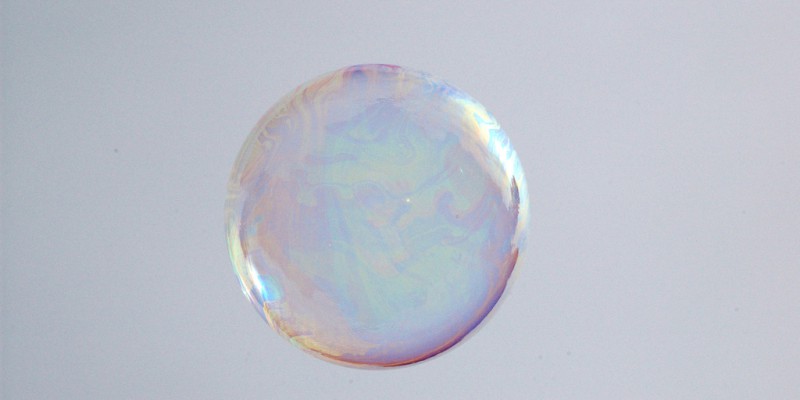
How does soap clean?
The secret lies in its synthesis and the “special” characteristics of the soap’s molecules, which consist of a hydrophilic and a hydrophobic part. The water molecules alone are unable to pass through a greasy stain, since oil and water do not mix. On the contrary, soap molecules, through their hydrophobic side, pass through the dirt, surround it and disrupt it, while their hydrophilic side helps to dissolve it. So when we wash our hands with soap, the soap attracts the dirt and when the water comes next it washes away the dirty soap.
Why does a colored soap produce white foam?
When we wash our hands, apart from mixing soap with water, we also mix air. In its effort to avoid contact with air and in order to isolate it, the water creates bubbles, in other words foam. This explains the round shape of the bubbles. In addition the color of the foam always tends to be white, even in the case of colored soaps. This is due to the fact that bubbles store within them relatively more air than soap material. Besides, the color of the natural light is white. What we actually see is the reflection of the natural light in the bubble, which is white. However, if we for instance happen to be in a room with red lighting the foam might look reddish.
How will the soap of the future look like?
“Certainly biodegradable and possibly with the press of a button it may transform to the kind of detergent we might need at any time” says Dr Zoi Kournia, chemist and researcher in the Biomedical Research Foundation of Academy of Athens.
ΜΑRΙΑΝΝΑ ΚΟΝΤΟLΑΤΟU





